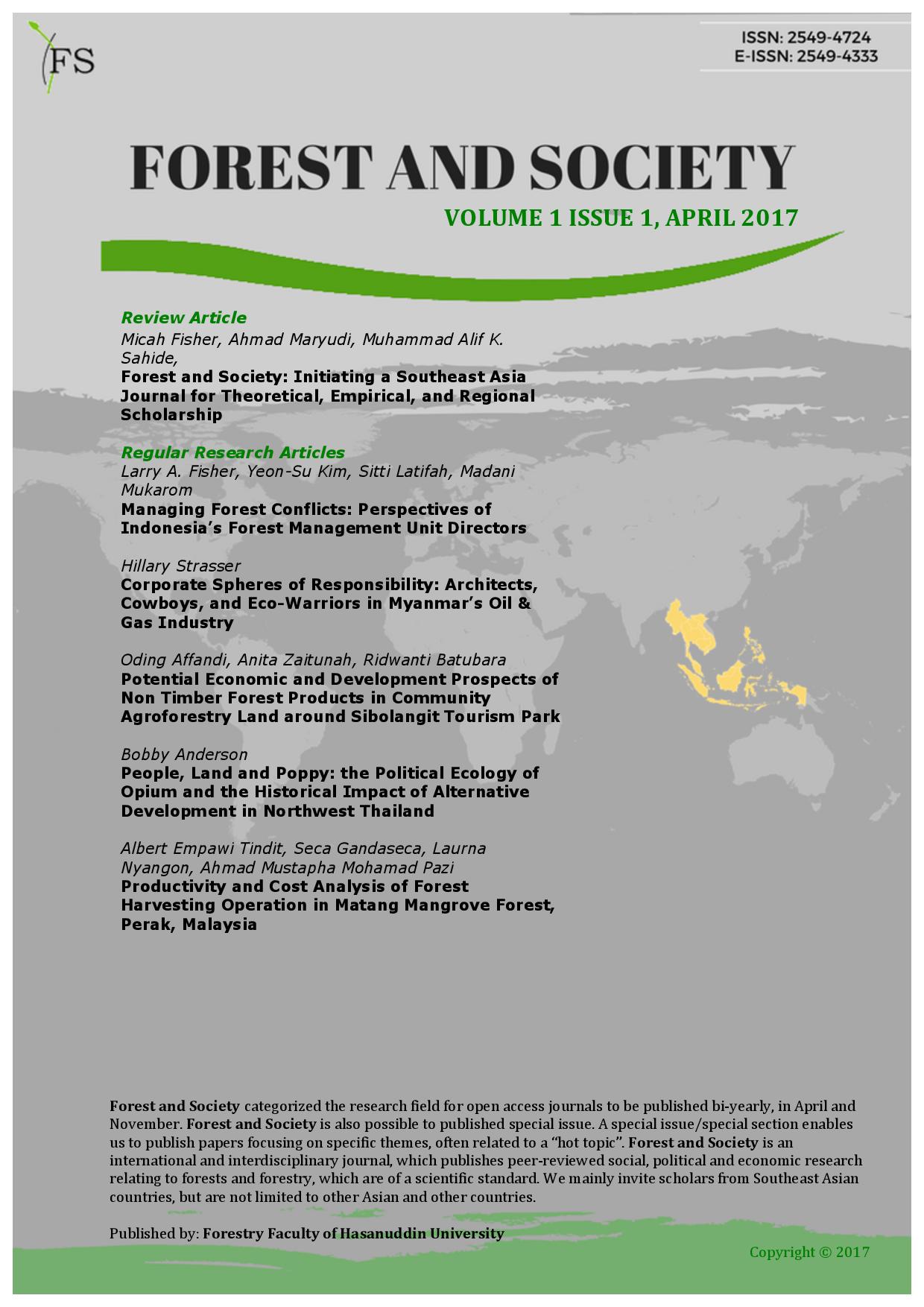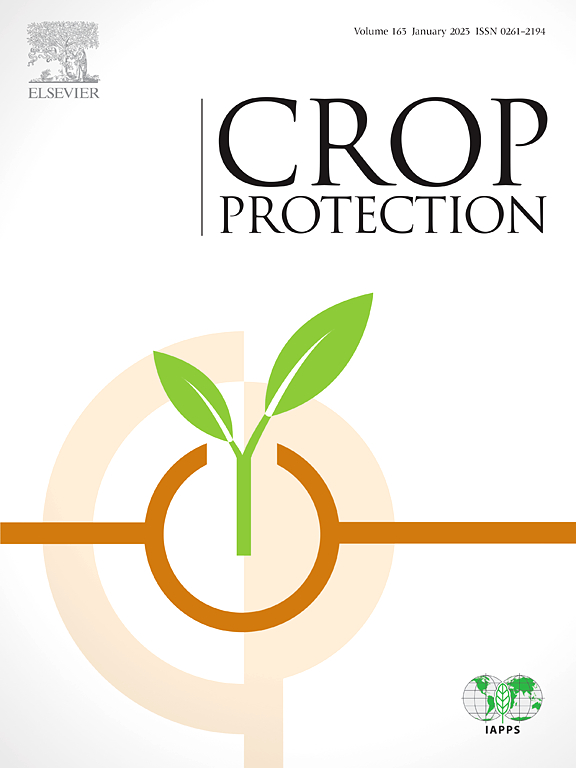Cultivating suitable biofuel crops on degraded land by involving local communities can be a promising solution for energy and food security while restoring land. This chapter provides information on the socioeconomic and environmental benefits of Calophyllum inophyllum L., known locally as nyamplung, based on agroforestry systems practiced by local farmers in Wonogiri district, Central Java province, Indonesia. Relevant information was gathered through field observations and a focus group discussion with 20 farmers practicing “nyamplung-based agroforestry systems” with rice, maize, peanuts and honey. The net present values (NPVs) of rice and peanuts indicated negative profitability when they were grown as monocultures, whereas maize generated only marginal profits. Amazingly, honey production utilizing nyamplung produced an NPV nearly 300 times higher than maize. However, combined with nyamplung, honey was also the commodity most sensitive to decreases in production, followed by nyamplung–peanut and nyamplung–rice combinations. While decreases in production had little effect on the NPVs of rice, peanuts and maize, these annual crops can only be cultivated for a maximum of six years within nyamplung’s 35-year production cycle, due to canopy closure after this time. In conclusion, Nyamplung-based agroforestry systems can provide economic, social and environmental benefits on different scales. Additionally, considering the high profit potential of combining nyamplung with honey production, it is necessary to improve and develop bee husbandry practices to make doing so a viable option for local farmers.
See the whole book and other chapters here
Download:
DOI:
https://doi.org/10.17528/cifor/008500-06
Altmetric score:
Dimensions Citation Count:

Publication year
2022
Authors
Rahman, S.A.; Baral, H.; Sharma, R.; Samsudin, Y.B.; Meyer, M.; Lo, M.; Artati, Y.; Simamora, T.I.; Andini, S.; Leksono, B.; Roshetko, J.M.; Lee, S.M.; Seol, M.; Sunderland, T.C.H.
Language
English
Keywords
food systems, bioenergy, agroforestry, degraded land, land rehabilitation, crops, ecosystem services, livelihoods
Geographic
Indonesia
























